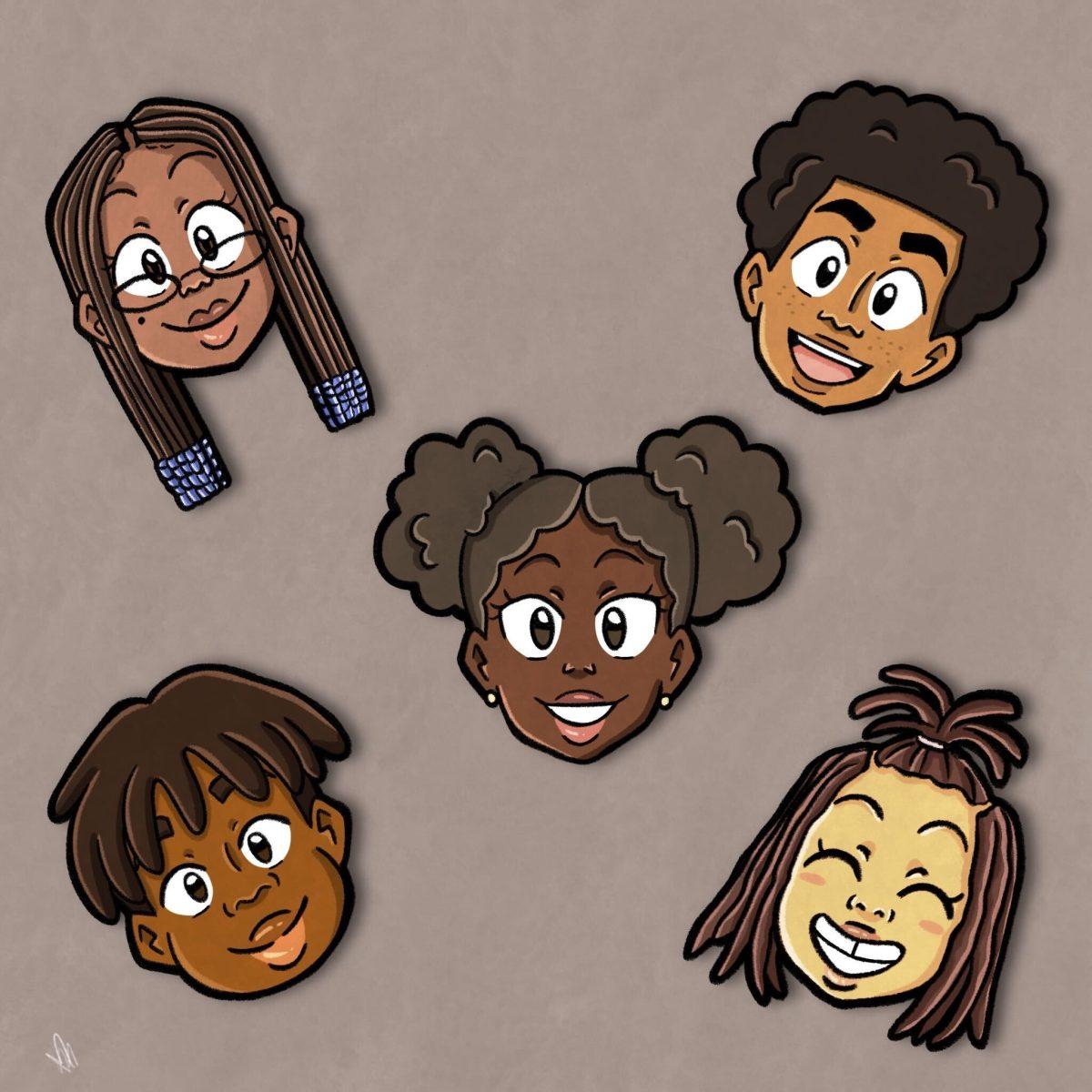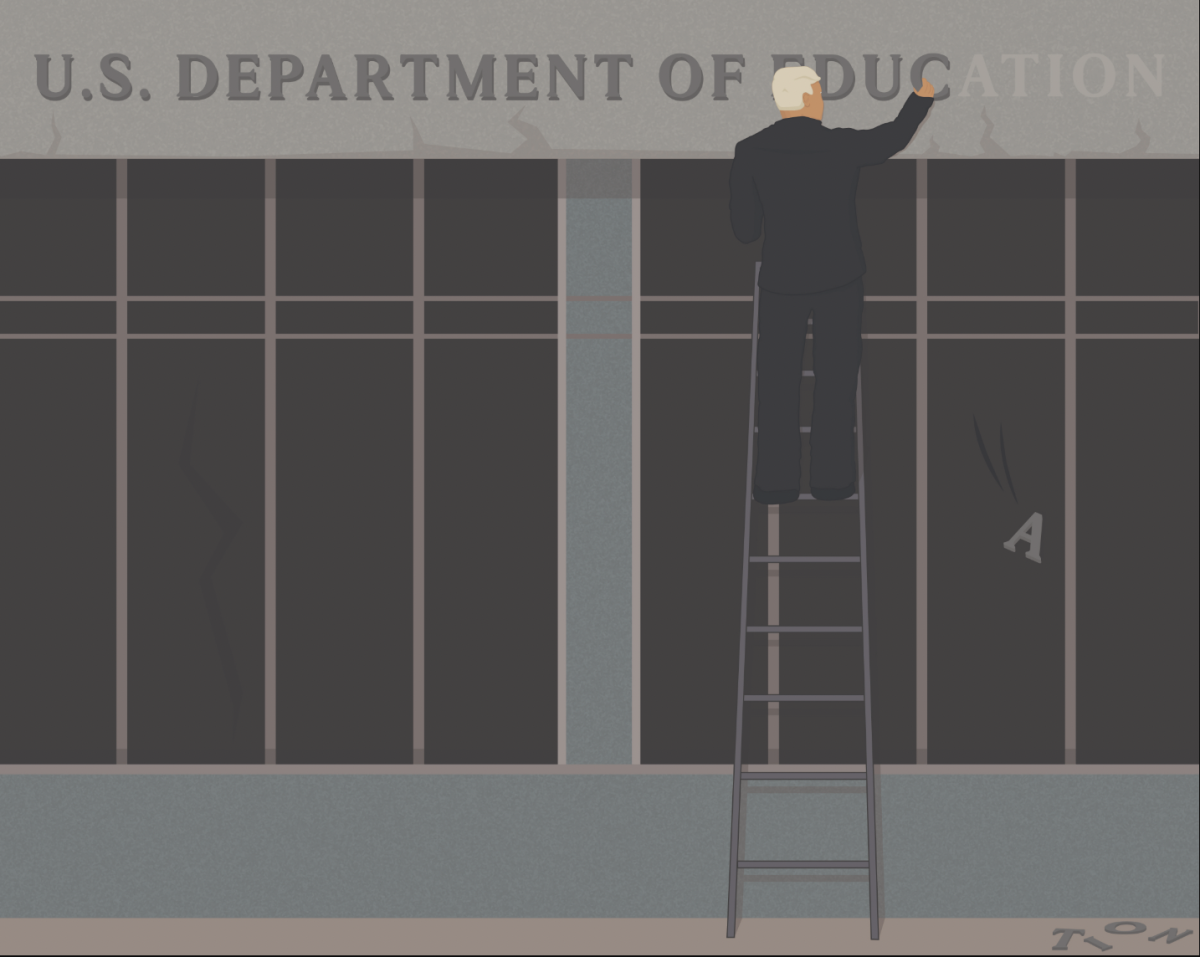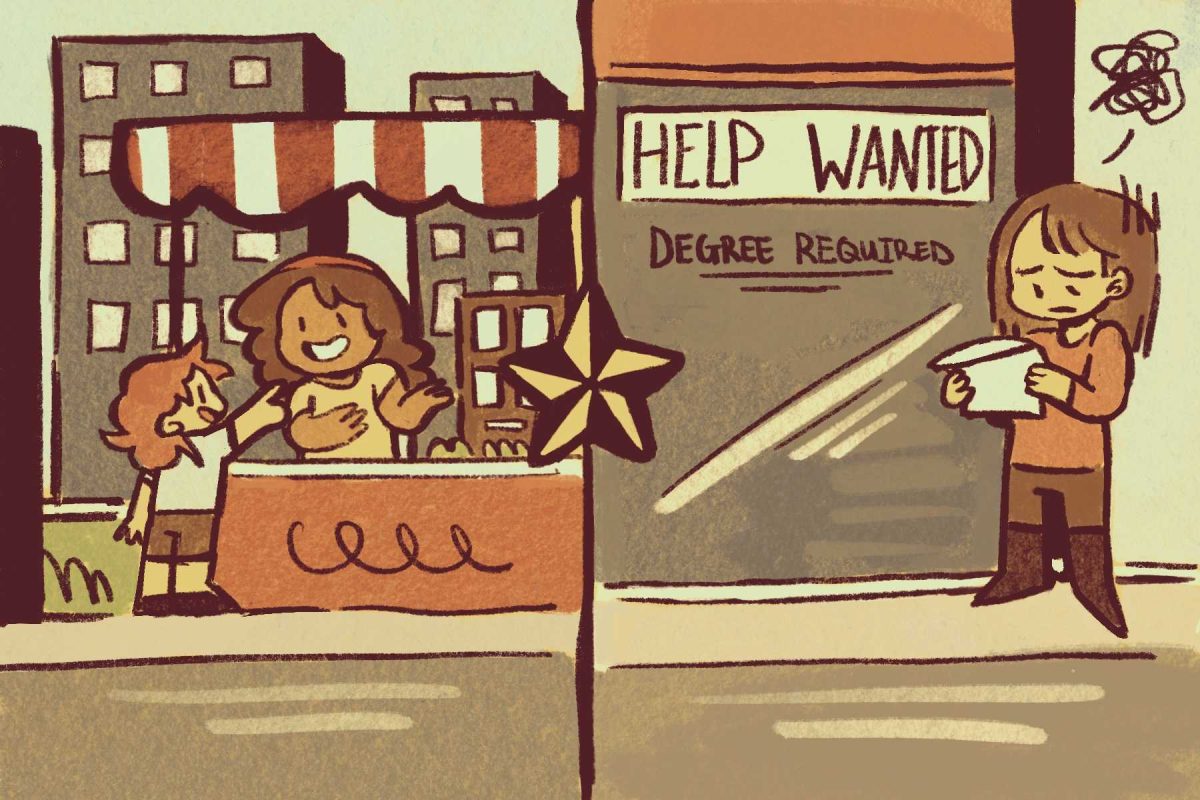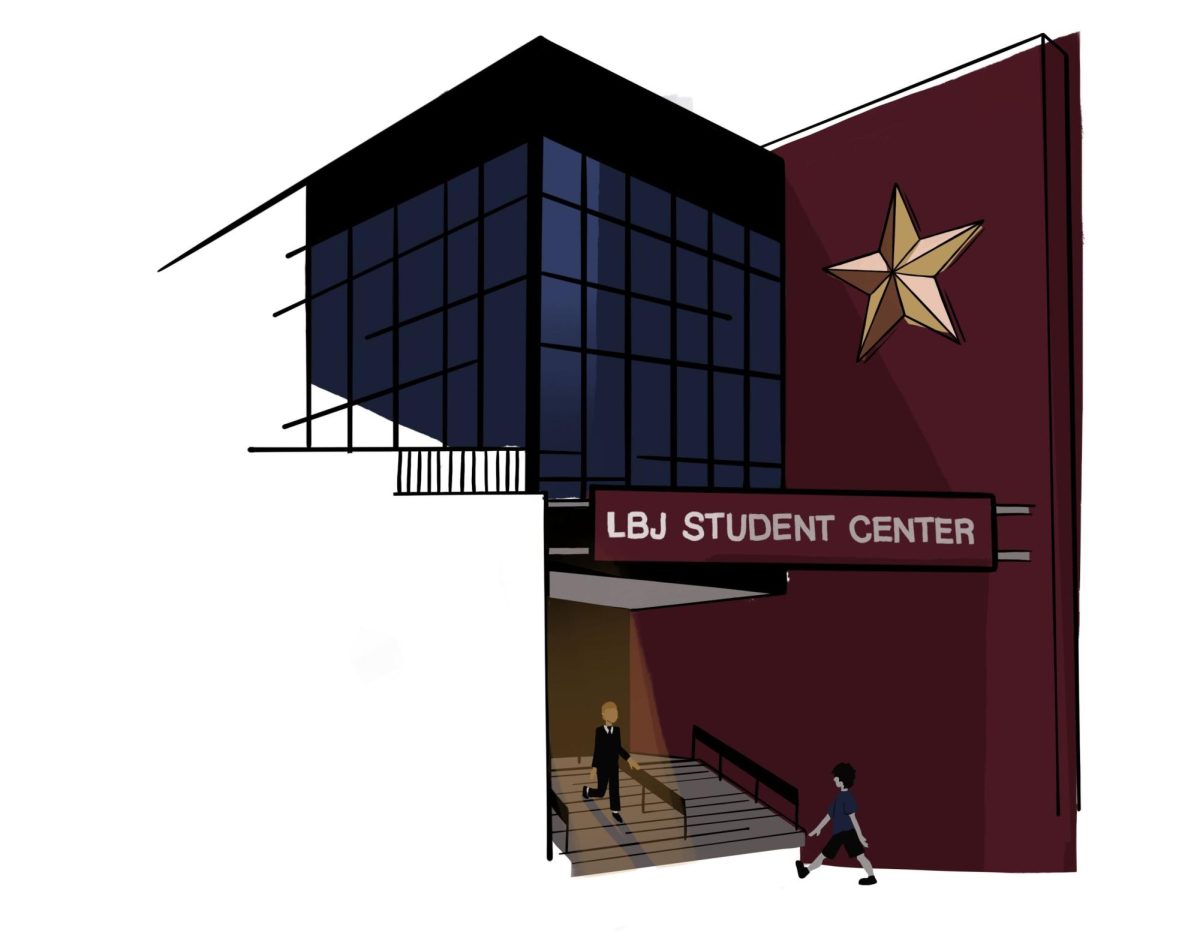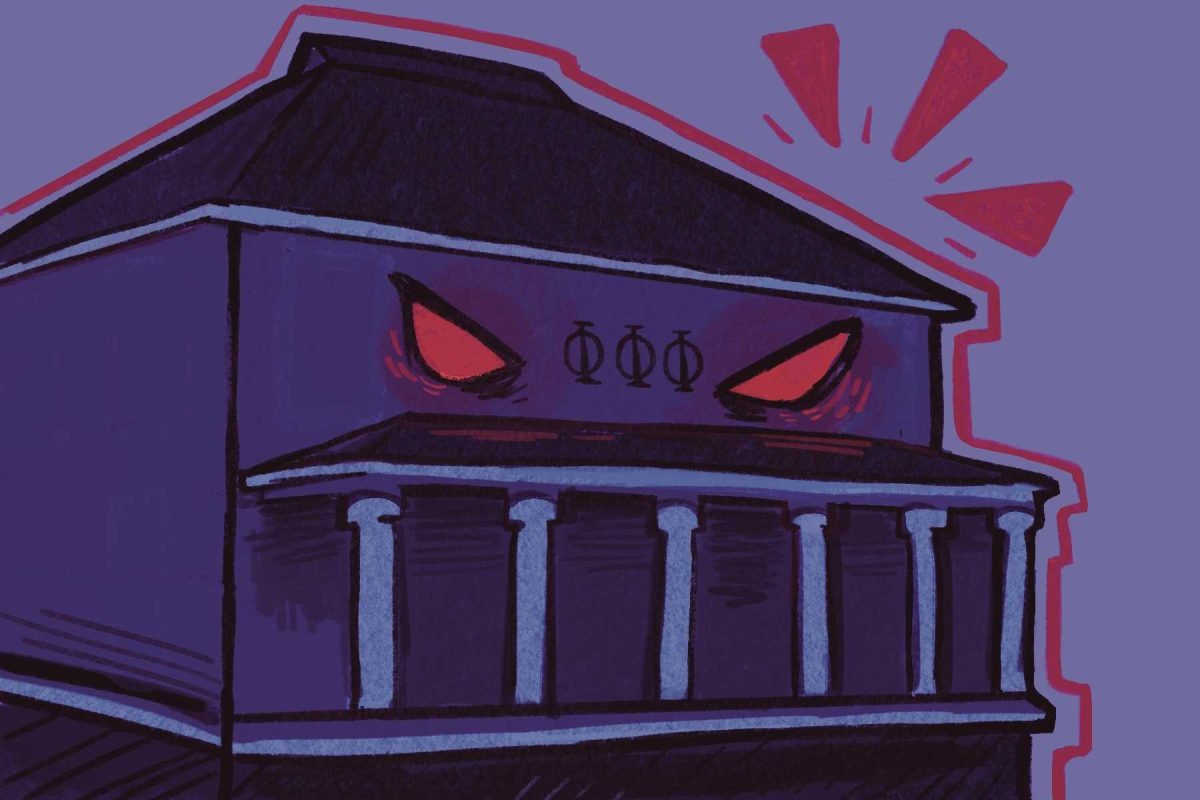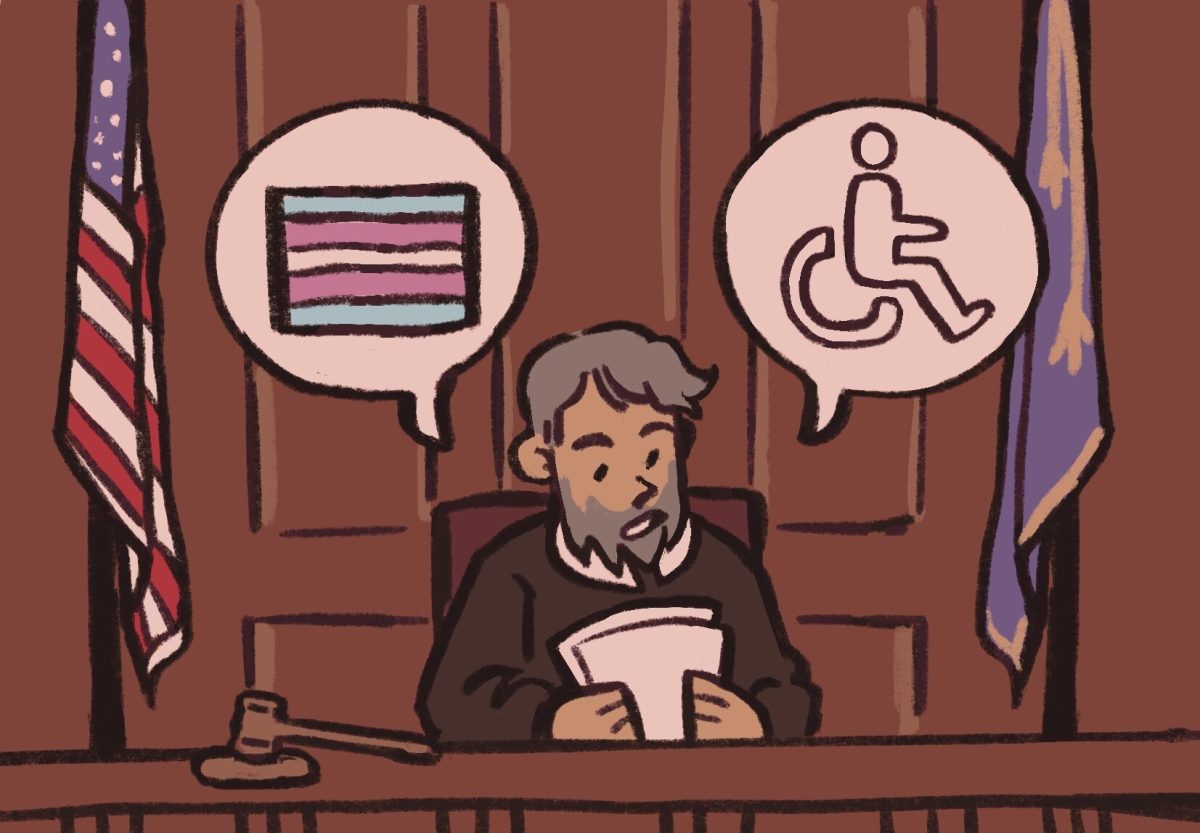On June 11, the Austin City Council passed the CROWN Act into law. The CROWN Act, which stands for Creating a Respectful and Open World for Natural Hair, was created by Dove and the Crown Coalition in 2019 to legally protect race-based hairstyles such as braids, dreadlocks and twists from being banned by work and school dress codes.
Austin became the first city in Texas to ban discrimination against race-based hairstyles when they passed the CROWN Act into law, and San Marcos lawmakers should follow suit.
While Black students often invest in their hair as a form of expression or hobby, they should not feel required to spend extra money to meet a discriminatory uniform policy; requiring students to do so is a form of racism and broadens inequality.
This is not the first time the CROWN Act has been proposed to San Marcos citizens. The San Marcos Daily Record conducted a poll about people’s views of the proposed CROWN Act from February to March 2020. Readers were asked if they thought it would be beneficial to pass the CROWN Act in Texas. At the time, 51% of the 234 respondents voted for the option “No, schools and workplaces should be able to designate dress and hair codes as they see fit,” and only 49% of respondents answered, “Yes, workplace and school policies often disproportionately affect people of color’s natural hair and styles.”
After the resurgence of the Black Lives Matter movement later in 2020, hopefully, San Marcos citizens can support such a needed bill in the community.
Hair discrimination in schools harms the social and emotional well-being of Black students. The psychological effects of racial discrimination have been studied since the era of segregation when the doll test was first unveiled. The doll test was a psychological study presented in the Brown v. Board Supreme Court case that demonstrated that Black children, after viewing four identical dolls of various skin colors, preferred the white doll and described it positively, and referred to the Black doll with negative characteristics.
Segregation legally ended in 1963, but the effects of self-esteem on Black children still linger, especially regarding hair. Many young children feel pressure to conform to beauty standards to which they do not fit, a stressor compounding when they are not allowed to wear hairstyles from their cultural identity.
Sydney Bynes, a public relations junior, remembers incidences in which teachers told her that the beads on her braids were too distracting to her peers, who would often pull her hair or touch it without permission. She states that hair policies against Black hairstyles can have a profound emotional impact on students at an early age.
“It makes you automatically feel different and excluded; like you are not the norm and that you can’t be who you are,” Bynes said. “To tell that to an eight-year-old and a nine-year-old … that can be really, really damaging, and that can grow with them.”
In addition to lowered self-esteem, hair discrimination and the punishments that come with it, such as being sent home or barred from participation in classes or extracurricular activities, harm progress in academic and personal pursuits.
Students have been sent to the office, asked to leave, or even suspended from school due to hairstyles. One notable example is when Kaden Bradford and De’Andre Arnold, two high schoolers at Barbers Hill Independent School District near Houston, were suspended for the length of their dreadlocks in 2020. When challenged, the school board voted unanimously to uphold the policy.
Missing school days, especially over infractions for discriminatory hair policies, is highly detrimental because students miss out on vital instruction, resulting in lower grades and lower standardized test scores. Furthermore, it can cause students to feel isolated from their peers, not only from feeling bothered by hair policies but also from missing out on time with classmates during their removal.
Bynes noted that, while her school did not have policies against Black hairstyles, she heard stories about peers who dealt with such policies during her childhood in the Houston area, some of whom had to cut off their dreadlocks to participate in sports teams on campus. As a result, Bynes always felt that the policies were discriminatory and unfair.
“How is something that’s a part of me or a part of my identity distracting to you, or making you uncomfortable?” Bynes said.
Finally, hair discrimination causes an additional emotional and financial expense to Black students, which is another barrier to equal access.
The Black community spends significant time, effort, and, most notably, money on haircare. In 2020, Black people, who only make up a third of the nonwhite population in America, accounted for almost 90% of the spending in the ethnic hair market.
While much of the spending is for personal enjoyment and cultural styling, it would be difficult to ignore that hair discrimination contributes significantly to why the Black community spends so much on hair. Particularly for products that help Black people achieve straighter, more Eurocentric hairstyles, such as relaxers, wigs, and weaves.
This becomes particularly insidious when one considers that Black men and women face an earnings gap. On average, Black men earn 87 cents to every dollar a white man makes, and Black women earn 63 cents to every dollar a white male makes.
Black families are often required to spend more money on top of economic inequality just so their children can receive an education without fear of punishment. Recent inflation has amplified this disparity; in addition to the price increases of hair products on the shelves, salon owners have noted price increases for their materials of up to 25%. As a result, these costs get passed on to clients.
Moreover, many of the products used to straighten hair come at a cost to health as well. Bynes said that older relatives in her family would wash their hair with Tide laundry detergent when they were younger to ensure their hair was as straight as possible. Nowadays, while hair technology has improved significantly, many hair straightening processes can cause heat and chemical damage.
These costs also do not include any additional fees accrued from maintaining and styling hair for many cocurricular and extracurricular activities. Bynes notes that those such as cheerleading and drill teams require identical hairstyles that are often impossible for Black students to achieve without extreme modifications to their hair textures and styles, which can often come at the cost of additional styling products, hours in a styling chair and possible hair damage. As a result, Black children have to pay extra or sit out altogether — a prime example of why the CROWN Act is needed.
Those opposed to the CROWN Act argue that businesses and schools should set their hair policies as they see fit and that Black people should avoid companies and schools that do not allow them to wear their hair in styles they like. However, I believe the onus should not be on those discriminated against to discern which place will accept such a vital part of their identity, especially in schools, where many other factors are involved.
In conclusion, San Marcos should pass the CROWN Act to allow its Black students to study without worrying about whether their hairstyle is “acceptable.”
-Tiara Allen is a marketing senior
The University Star welcomes Letters to the Editor from its readers. All submissions are reviewed and considered by the Editor-in-Chief and Opinion Editor for publication. Not all letters are guaranteed for publication.
Opinion: San Marcos should pass the CROWN Act
Tiara Allen, Opinion Contributor
July 12, 2022
0
Donate to The University Star
Your donation will support the student journalists of Texas State University. Your contribution will allow us to purchase equipment and cover our annual website hosting costs.
More to Discover



